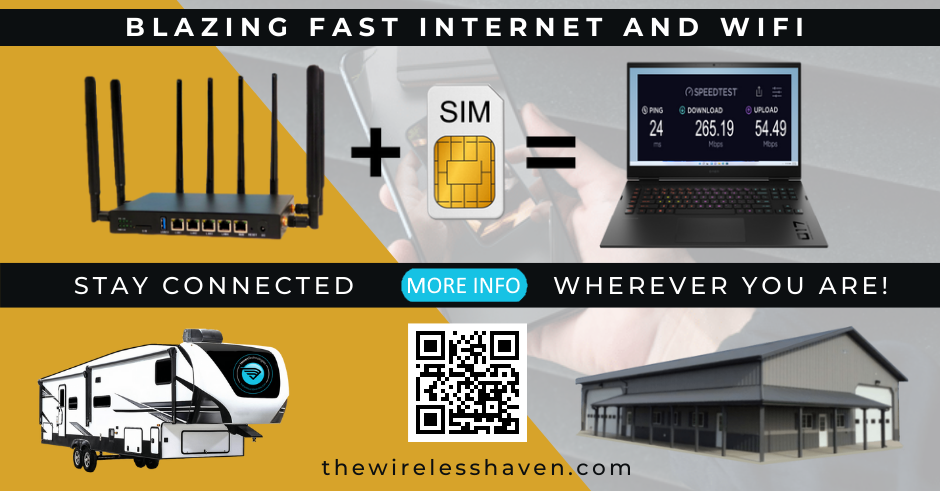At this time they let Sprint customers roam onto the Tmobile network, but not the other way around (yet!).... will keep this updated.
For starters, they have band 71 (mid-band) which on 4G-LTE might not be too exciting at only a 5Mhz bandwidth, but on 5G it will definitely boost speeds. Having recently merged with Sprint which has a nice wide band 41, coupled with the right 5G modem along with CA should provide some really great 5G speeds.
Below are the current Tmobile 5G bands ("n" = low/mid bands, "N" = mmWave bands), which is especially important when choosing a shiny new and expensive 5G modem to have the right band coverage. ATT (+n5) and Verizon also share the "N" bands, but no "n" bands.
5G sub-6Ghz bands (below 6GHz) mainly used by ATT/Tmobile/Sprint ("*" = primary bands)
n2 (1,900Mhz), n5 (850MHz), *n41 (2,500MHz), n66 (AWS-3), *n71 (600MHz)
5G mmWave bands (above 6GHz) mainly used by Verizon
N260 (39GHz), N261 (28GHz)
Here's an excerpt from a PhoneArena article:
T-Mobile is different from other carriers in the US as it has focused on first providing 5G wireless connectivity across the nation and not just in a few spots in the major cities. For this, T-Mobile is using its 600MHz low-band spectrum on LTE Band 71, which was formerly used by channels 38 to 51 on UHF-based TVs. These are low-frequency signals that easily travel far and wide, unlike mmWave.
After the Sprint merger, T-Mobile will also adopt that carrier's extensive mid-band 5G coverage in band n41.
T-Mobile is also planning to use higher-frequency bands similar to what AT&T and Verizon use. Magenta plans to use the 28GHz and 39GHz bands for high-speed mmWave 5G transmissions.


